Lactogenic foods, sometimes known as galactagogues, are a class of foods and herbs that are believed to increase milk supply in breastfeeding people. Many new parents will incorporate these types of foods and herbs to increase their milk production.
Lactogenic foods include foods, herbs, and some supplements that work to increase prolactin and oxytocin, the hormones responsible for initiating breast milk production. Foods that are high in protein, calcium, iron, healthy fats, and vitamins not only help increase milk supply, they also ensure that your milk contains adequate nutrients that your baby needs.
Formal research on the efficacy of lactogenic foods to increase milk supply is limited, but a great deal of anecdotal evidence from many breastfeeding parents suggests their efficacy and usefulness in supporting lactation. While natural lactogenic foods are all safe to consume, all bodies are different and some people may experience better results from lactogenic foods than others.
Like with all other medication and supplements, consult your doctor or healthcare provider before beginning to take any galactagogues.
10 Lactogenic Foods to Increase Milk Supply
-
Fennel and Fenugreek Seeds
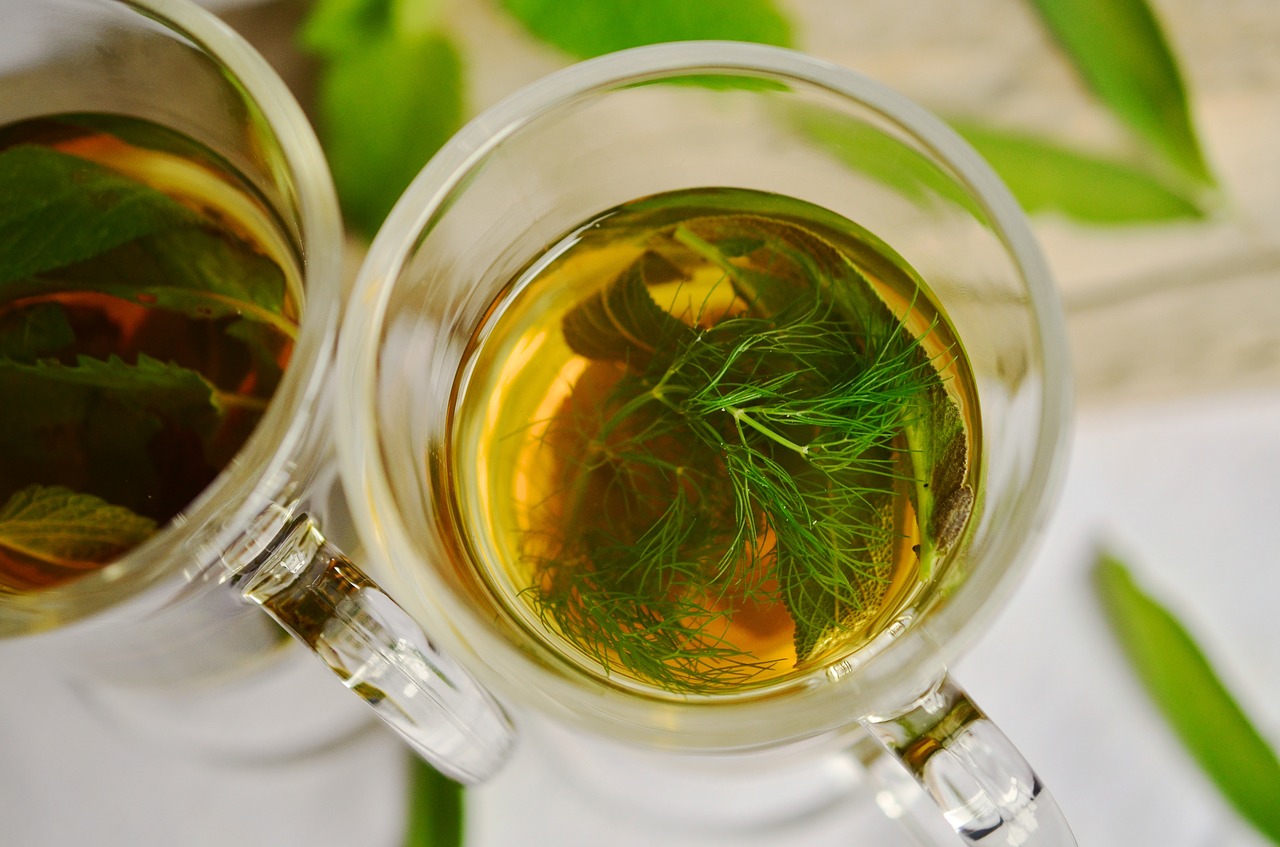
The fennel plant is a white bulbous vegetable with green fronds described as having the taste of licorice or anise. The plant’s bulb, stalk, fronds, and seeds are all edible. Fennel bulbs and fronds can be eaten raw or cooked, and their seeds can be roasted and used to add flavor to dishes. Fennel can also be taken in the form of an herbal supplement purchasable from health food stores.
Fenugreek seeds are a type of legume that have been found to have lactogenic effects and are a common ingredient found in lactogenic teas and supplements. They are described as having a sweet, nutty taste similar to maple syrup.
These 2 plants contain tryptophan, an essential amino acid found in breast milk, which aside from stimulating prolactin production, also initiates melatonin production. Breast milk produced after you have consumed fennel and fenugreek may also make your baby sleepier.
-
Brewer’s Yeast
Brewer’s yeast is a great lactogenic food for increasing milk supply. Aside from its use in bread making and beer, brewer’s yeast is commonly found in protein supplements, energy and immunity boosters, and lactogenic supplements. Brewer’s yeast is a great source of protein and iron, as well as B-complex vitamins.
Brewer’s yeast is available in powder, liquid, and capsule forms. In powdered form, the standard dose of brewer’s yeast for lactation is 2-3 tablespoons a day, either taken alone or added to your drink of choice.
-
Oats
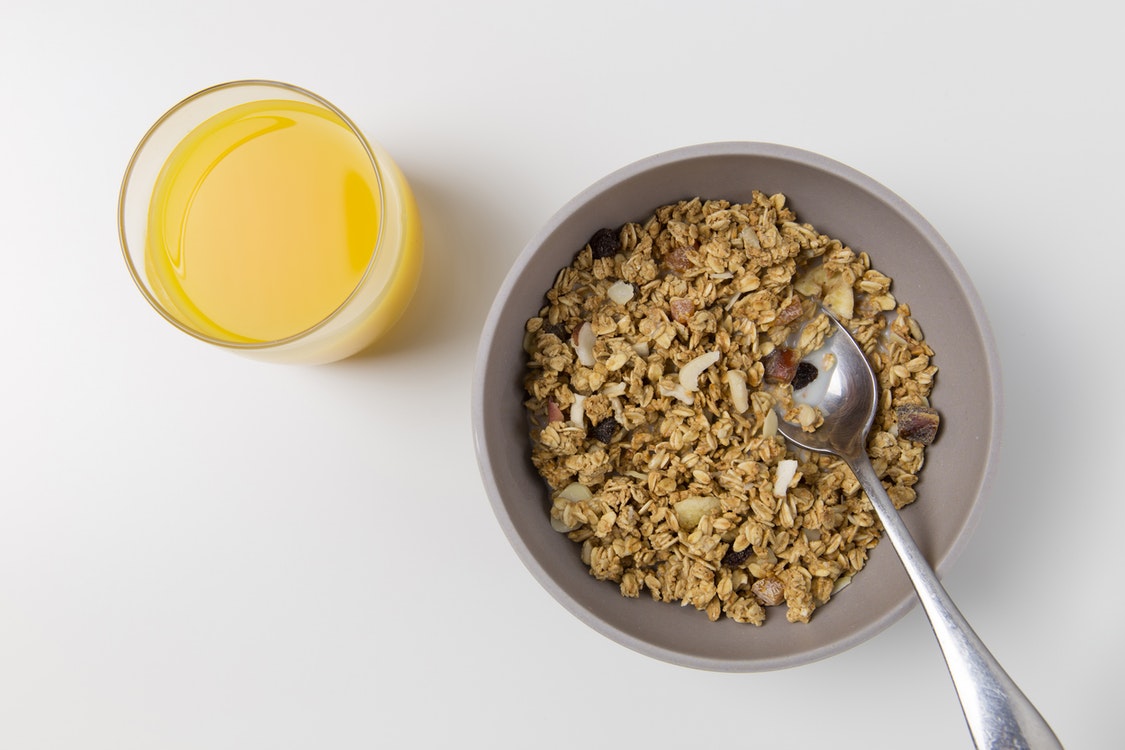
Oats contain beta-glucan, a type of sugar that stimulates prolactin production. They also contain saponins, which are plant compounds that may aid in breast milk production.
Oats are also an excellent source of nutrition, being high in fiber, protein, vitamins, minerals, and amino acids while being low in sugar. They can also be incorporated into many recipes, making them a rather versatile food.
-
Ginger
Studies have shown that ginger may help increase breast milk supply in the early post-partum period. Ginger also helps alleviate symptoms of nausea during pregnancy and the postpartum period.
Ginger also contains anti-inflammatory and antioxidant compounds which may improve post-partum pain.
Ginger eaten as part of a dish or taken in the form of teas and supplements will provide you with the plant’s benefits. Ginger ale is also safe to drink while breastfeeding. Note that certain brands of ginger ale may not contain real ginger, and instead use ginger flavoring, which will not provide you with the same benefits that real ginger will.
-
Green Papaya
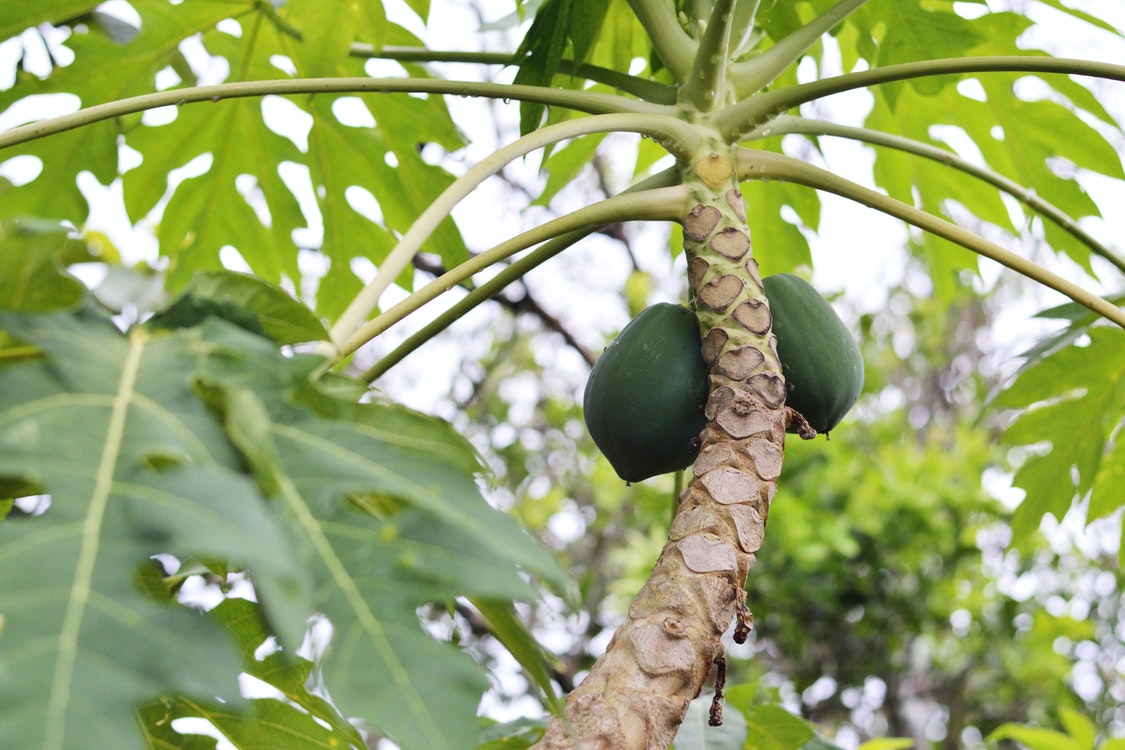
Eating cooked green papaya may increase oxytocin production, the hormone that initiates the “let-down reflex” which causes glandular breast tissue to contract, allowing milk to flow out of your breast to your baby.
While oxytocin initiates your “let-down reflex”, it does not directly contribute to breast milk production the same way oxytocin does.
Green papaya is also high in vitamin A and contains more than a hundred percent of the recommended daily intake of vitamin C in one small fruit. If you don’t like Green papaya’s, coconut water is a great alternative.
While ripe papaya can be enjoyed raw, unripe green papaya must always be cooked before eating, as the unripe fruit contains latex and papain, which may cause throat irritation and stimulate premature contractions if you are pregnant.
-
Barley and Barley Malt
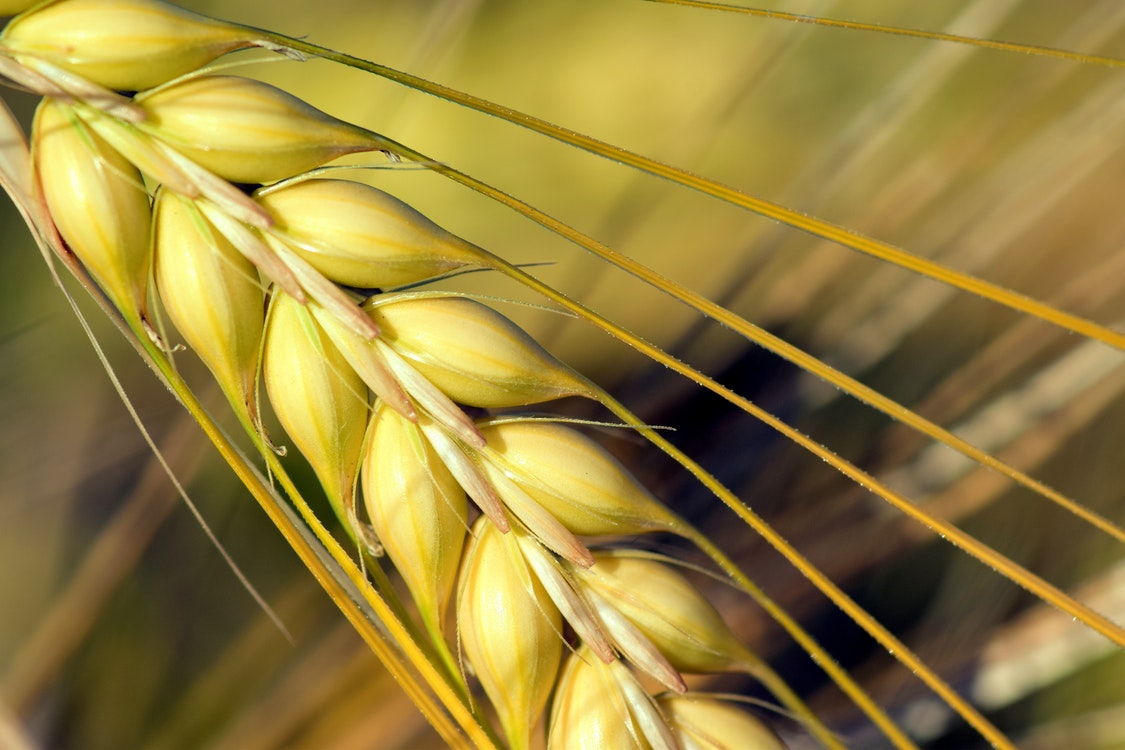
Studies have shown that barley may cause a significant increase in breast milk supply. Barely is a rich source of beta-glucan, which as mentioned earlier, helps to stimulate prolactin production. Barley grains are also a rich source of iron, fiber, selenium, and manganese.
Barley can usually be found in 3 types – hulled, pearled, and flaked. Hulled barley is processed to remove only the inedible outer hull, leaving the bran intact. When it comes to pearl barley, both the hull and the bran are removed. Hulled barley is thus considered to be the healthier whole-grain while pearl barley is not. Barley that has been flattened to cook quickly is known as flaked barley. Of the 3 types, hulled barley has the highest nutritional content.
Grains that have been left to germinate and sprout are known as malt. Barley malt is usually turned into syrups and sweeteners which are high in beta-glucan, which can be used as a less sweet alternative to honey and maple syrup.
While barley is a common ingredient in beer, alcohol is an anti-lactogenic which should be avoided if you are trying to increase your milk supply.
-
Healthy Fats and Oils
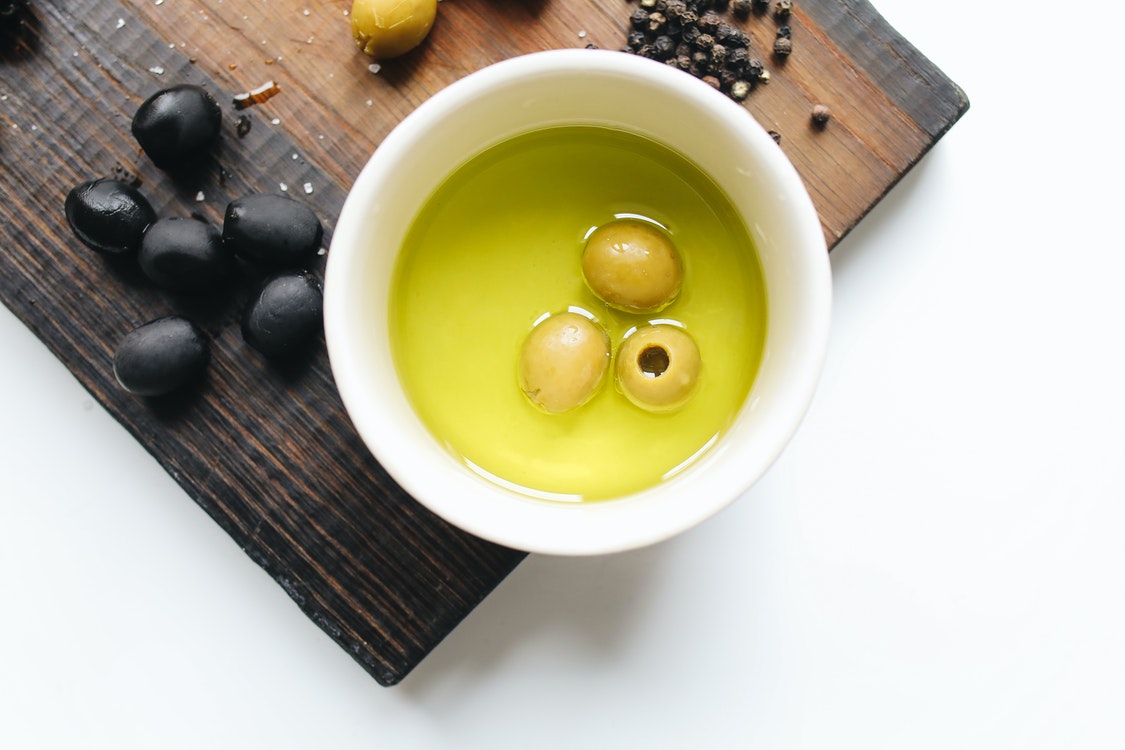
The fat content in breast milk is a major source of energy and nutrition for babies, providing up to 44% of their energy supply. The majority of these fats come in the form of triglycerides, cholesterol, and the essential fatty acids ARA and DHA.
Triglycerides make up 98% percent of the fat in breast milk; they are a class of lipids responsible for the storage of energy in the form of fat.
ARA and DHA which are forms of omega-6 and omega-3 respectively play an important role in your baby’s brain and nervous system development. They may also reduce your baby’s risk of developing childhood asthma.
As long as you follow a balanced diet, your breast milk should contain all the necessary fats that your baby needs. The levels of these fats do however vary depending on a breastfeeding person’s diet.
Healthy unsaturated fats found in tree nuts, legumes, eggs, olive oil, coconut oil, avocados, and fatty fish will help in maintaining the levels of good fats in your breast milk. Incorporating these fats into your diet will also increase your absorption of the fat-soluble vitamins A, D, E, and K, which your baby needs in order to develop healthy vision, bones, and blood clotting.
-
Dark Leafy Greens and Red Vegetables
Leafy vegetables such as kale, spinach, collard greens, and chard, are well known for being rich in vitamins and minerals and are particularly good sources of calcium, iron, and vitamins A and C. These vegetables also contain folic acid which is important for your baby’s neural development and production of blood cells.
Beta-carotene is the plant pigment that gives red and orange vegetables such as beets, carrots, and squashes their color. Beta-carotene is also a precursor to the human synthesis of vitamin A, an essential nutrient for babies and children.
-
Turmeric
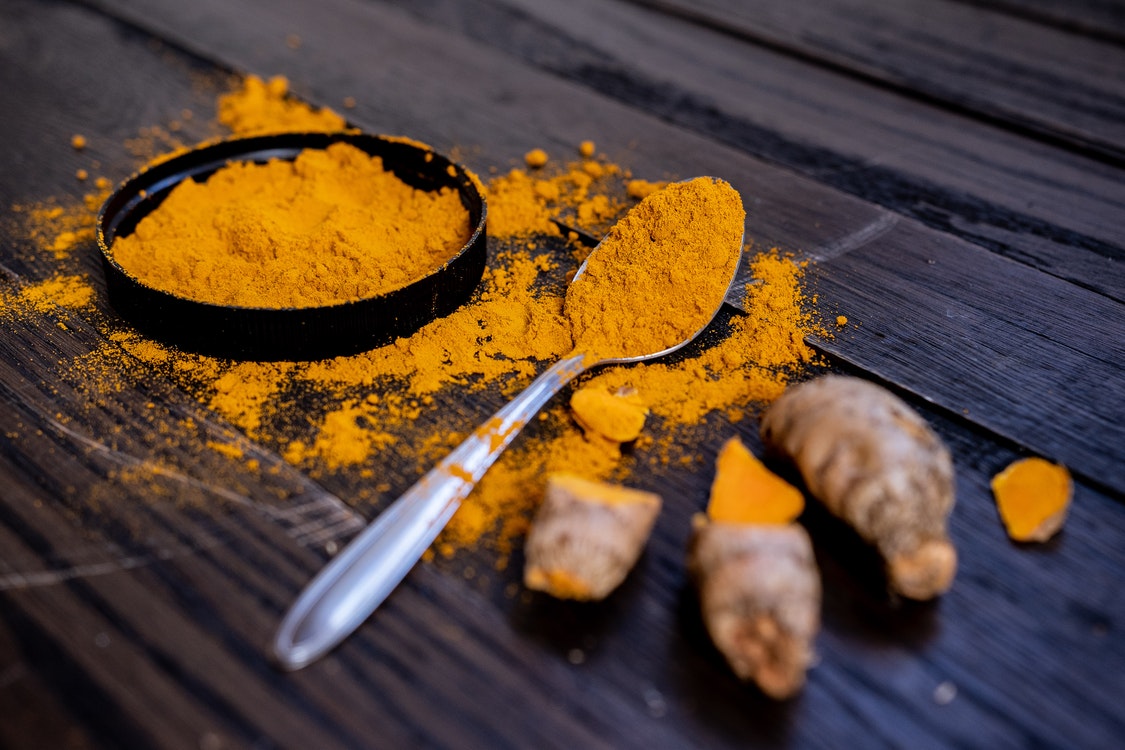
Turmeric has been studied for its possible lactogenic effects and has long been used by many as a lactogenic food. The root herb is also rich in antioxidants that fight oxidative stress.
Curcumin, the active compound in turmeric, has anti-inflammatory compounds which reduce swelling and inflammation. Topical preparations of curcumin have even been found to be effective as a treatment for mastitis.
-
Blessed Thistle
The flowers, leaves, and stems of the blessed thistle plant have long been used as an herbal lactogenic to increase breast milk supply. Today, blessed thistle is most commonly sold in the form of supplements, teas, and tinctures in health food stores as a galactagogue.
Another plant belonging to the same family as blessed thistle is milk thistle. Milk Thistle has also been studied and found to be an effective lactogenic in the first month post-partum. Similar to blessed thistle, it is also taken in the form of supplements and teas.
Blessed thistle is a known emmenagogue, or a substance which encourages menstruation and uterine contractions, and should be avoided if you are pregnant. Blessed thistle may also interact with heartburn medication, antacids, diuretics, and some forms of medical birth control.
Bottom Line
The only proven way to increase breast milk production is by expressing more often. Because human milk is produced based on demand, letting your baby feed on demand will help increase milk volume. Squeezing in a pumping session after your baby nurses will help to fully empty your breasts and signal your body to increase its milk production.
While many people may find incorporating lactogenic foods into their diet to be an effective way to increase milk supply, they will not work for all people. If you believe that you have a true breast milk supply insufficiency or if your baby doesn’t seem to be feeding properly, seek help from your doctor or lactation consultant.